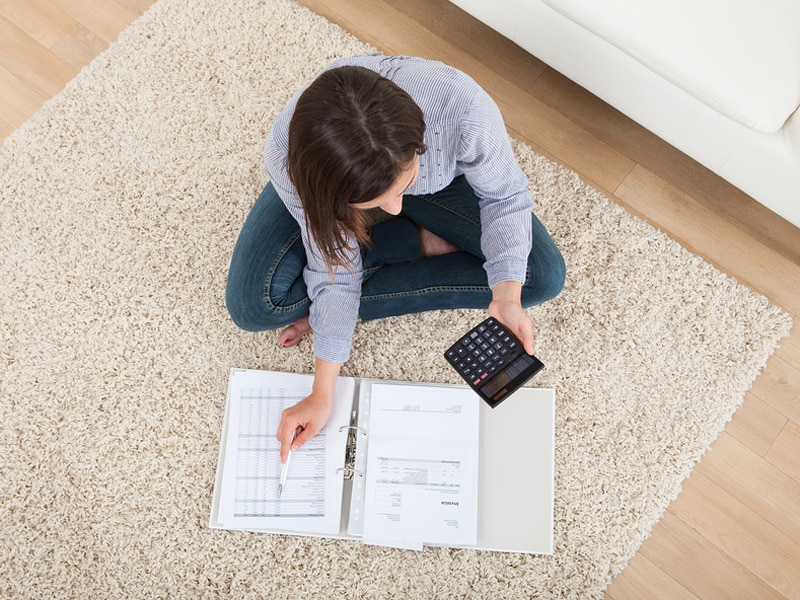Recent Articles
Popular Makes
Body Types
How to Calculate the Down Payment on a Used Car

car on calculator with cash
Many people believe you can't finance a used car purchase. Fortunately, these people are mistaken. Banks and credit unions routinely finance used car purchases. In fact, most used car dealers offer financing too'”although they usually work with a bank or a finance company in the background to do so.
Down Payment?
So, now that you know you can finance a used car, your next question is probably going to concern how much of a down payment to make. The answer to that question depends upon a number of variables. But first, let's define "down payment".
Generally, when purchasing a very expensive item, people borrow money from a financial institution to complete the transaction. Most such businesses require you to pay for part of the purchase yourself'”rather than loaning you the entire amount of money needed for the purchase. The money you pay upfront is called a down payment. The phrase is derived from the old practice of putting money down on the table to show a seller good faith when negotiating a deal. Today, the down payment is simply a way of reducing the amount of risk a lender has to take when helping you make a substantial purchase.
To determine the amount your down payment should be on a used car purchase, consider the following factors.

Your Credit Rating
Before attempting to finance any purchase, you should always know what your credit rating is. This is important, because the better your credit rating, the less interest you'll have to pay.(More on this in number three below.) This means ultimately, you'll pay less for the car. Knowing what you qualify for is crucial though. Some people will try to profit from the fact you don't know what your credit rating entitles you to.

Type of Car You're Buying
Some cars have better resale value than others. Now, the fact you're buying used means you'll automatically avoid the 20 to 25 percent depreciation hit every new car takes the moment it's driven off the lot. However, the better the resale value of the car, the less you can put into it as insurance should you need to sell the car before it's paid off. Let's say you do a 20 percent down payment on a car that depreciates 10 percent annually and you need to get out of it after one year. You'll be able to do so quite easily because you'll owe less on the car than it is worth. On the other hand, if you're in a car that depreciates 25 percent a year, you'll owe more than the car is worth.

Your Monthly Budget
The bigger your down payment, the lower your monthly payment will be. Often, to make a purchase fit into your budget, the more money you put down on the car the better off you will be. In most cases, for every $1,000 of down payment you apply, you can expect your monthly payment to drop by about $25 to $30, depending on the interest rate. Thus, if you're looking at a car that costs $10,000 and you make a down payment of $2,000 on a three-year loan at seven percent, your payment will be $247.50. That same loan, with no down payment, your monthly payment would be $308.77. By putting $2000 down, you'll keep an additional $61.27 in your budget each month. On the other hand, if you qualify for a loan at say, four percent, your payment on the $10,000 loan would only be $295.24. With $2000 down, your payment would be $236.19 monthly. The better your credit rating, the better the interest rate you can get, the more money you'll save each month.

There is however another consideration
Let's say the interest rate on the car loan is four percent, but you know where you can invest your money and get a seven percent return. In that case, you'd be better off going with a lower down payment and investing the rest of the money you have saved. With a $1,000 down payment, you'll get the car at $265.72 cents a month, while earning seven percent per year on the other $1,000. That, my friends, is having your cake and driving it too.
